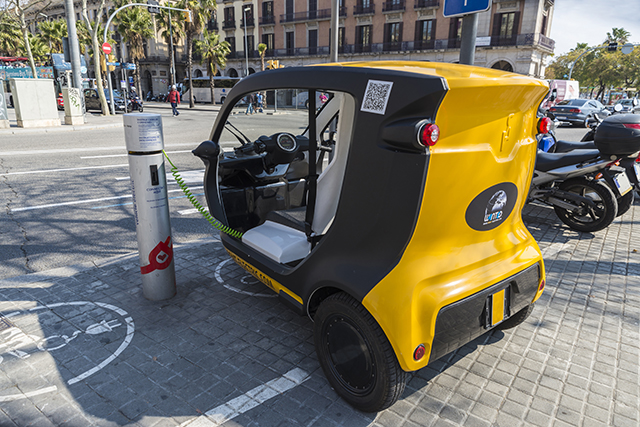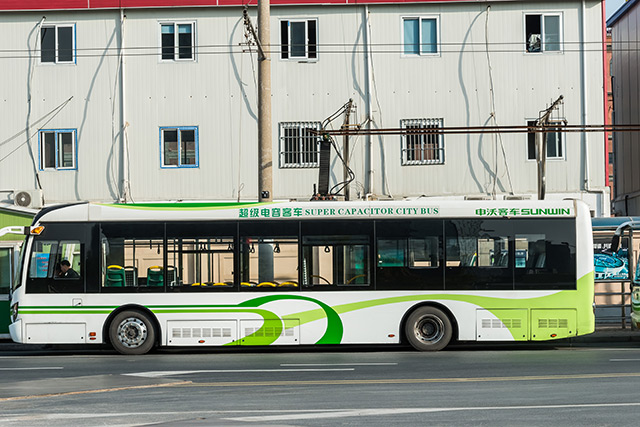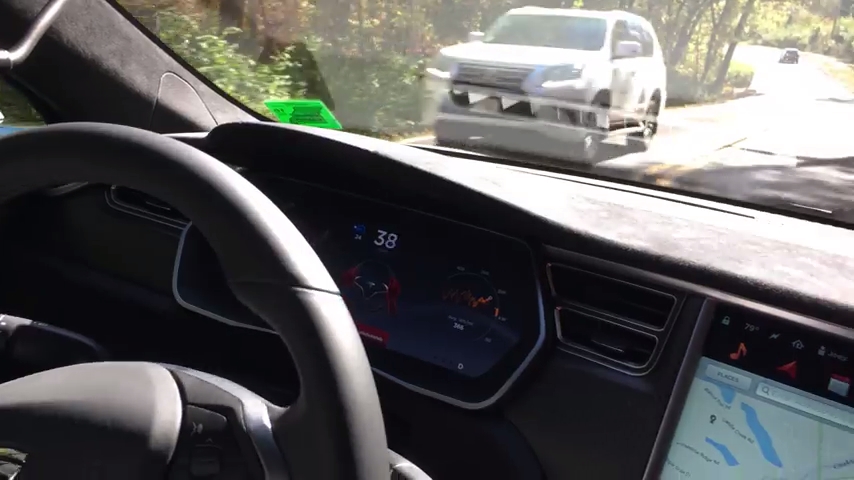MIT researchers are developing self-driving tricycle that’s powered by electricity and runs up to 25 miles per charge
08/26/2018 / By David Williams

A group of researchers from the Massachusetts Institute of Technology (MIT) are currently working hard on the development of a new self-driving vehicle. But unlike many other such groups, they are taking their research towards a different direction. Many projects that aim to come up with a new autonomous vehicle solution try to focus on the commercial aspect, namely what or how they can serve industries such as public transportation and package delivery in order to turn a profit. This group’s end-product is simple: It’s an autonomous tricycle.
This self-driving tricycle has a name: Persuasive Electric Vehicle, or PEV for short. It has a fairly simple three-wheeled design, uses a 250 W (watt) electric motor, and runs on a 10 Ah (ampere hour) rechargeable battery pack that can last up to 25 miles per charge with a top speed of 20 miles per hour. According to a report on its ongoing development, it could be destined to be used for one of a number of different purposes.
According to the official description of the PEV from MIT, it’s meant to be “an agile, on-demand, shared, and functionally hybrid tricycle with an expected contribution of 60 percent emissions reduction and 30 percent vehicle-distance reduction,” as soon as it launches. Its makers believe that it will constitute a new and indispensable category of vehicles in “the emerging constellation of mobility systems,” so they are trying to perfect its design and its mechanisms.
So far, the researchers who are working behind the PEV have been taking a holistic approach to the way their research was scoped, making sure to consider many different factors apart from just the users whenever they create a new version of its prototype. They reportedly consider the likes of the public, the city, as well as businesses and potential operators.
There are many potential uses for something like the PEV. Assuming all conditions are perfect, it can serve as a quick and easy mode of personal transportation, capable of carrying passengers to and from certain locations within a certain distance in a short amount of time. It can also be used as a vehicle for quick delivery service, since it offers an enclosed area in which users can place their goods for transport.
Many self-driving vehicle projects are focused on a large-scale solution, such as trucks and cars. But the PEV is after a much more niche market. Currently, it’s being tested in Andorra, a small country that’s located between France and Spain, where the MIT Media Lab is also located and concurrently doing several other projects alongside it.
In a recent interview with VICE’s Magazine‘s Motherboard, Jimmy O’Dea, a senior vehicles analyst at the non-profit Union of Concerned Scientists, mentioned the PEV and other similar autonomous vehicles are definitely worth a try. “Any technology that gets people out of cars is intriguing and worth exploring,” he explains. In addition, he sees the use of the PEV as a quick delivery vehicle as good news, saying that he would take “a zero-emissions bike over anything with a tailpipe.”
Widespread use of vehicles like the PEV may still be a long way off from becoming a reality, but you can bet that the best and brightest at MIT are inching closer and closer to making it possible. Of course, other factors like infrastructure, local traffic laws, and acceptance of the general public still have to be taken into account – not to mention local weather – but for the most part, the future of the PEV and other simple autonomous vehicles is looking bright. It’s only going to be a matter of time until that future arrives.
See Robocars.news for more stories on autonomous vehicles.
Sources include:
Tagged Under: autonomous tricycle, autonomous vehicles, driverless vehicles, electric tricycle, electric vehicles, future science, future tech, innovation, MIT, Persuasive Electric Vehicle, robocars, science and technology, self-driving tricycle, transportation, urban planning



















